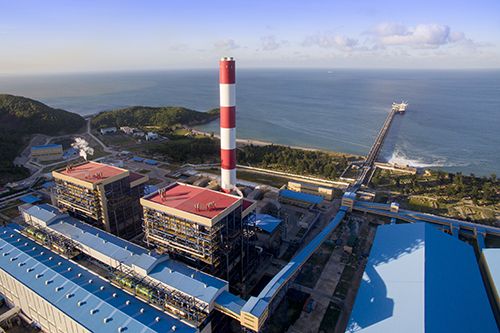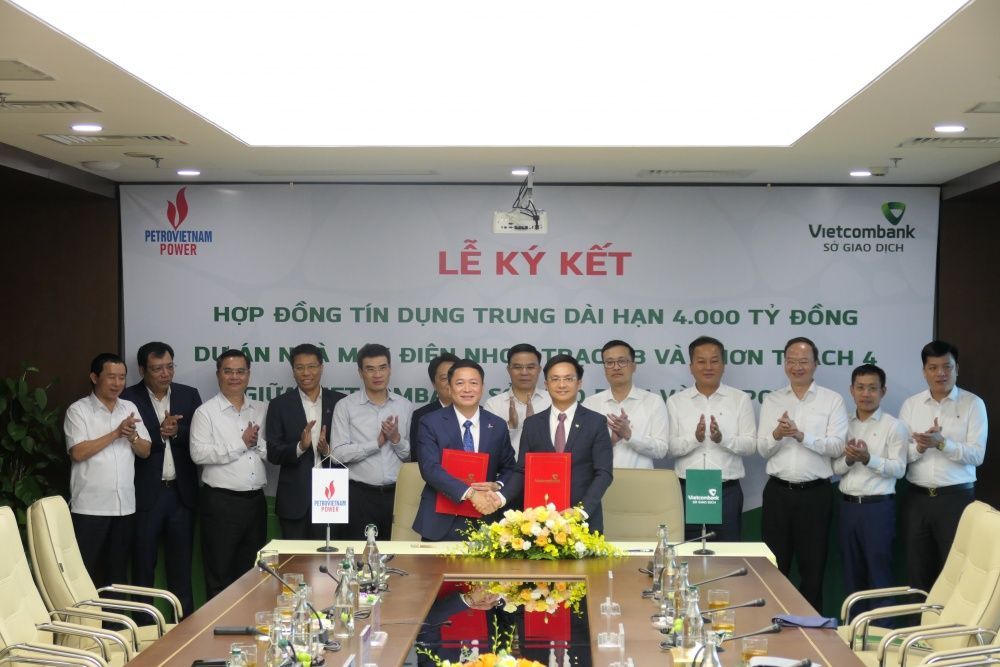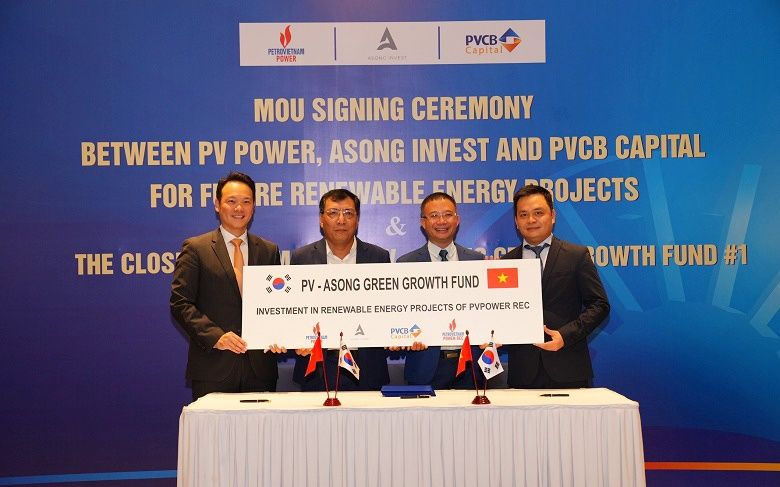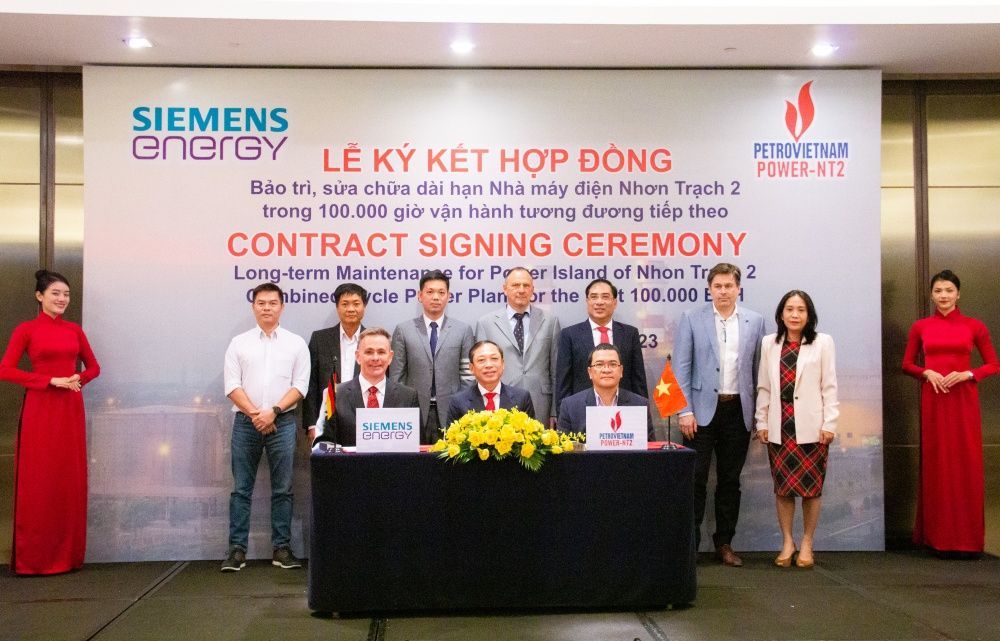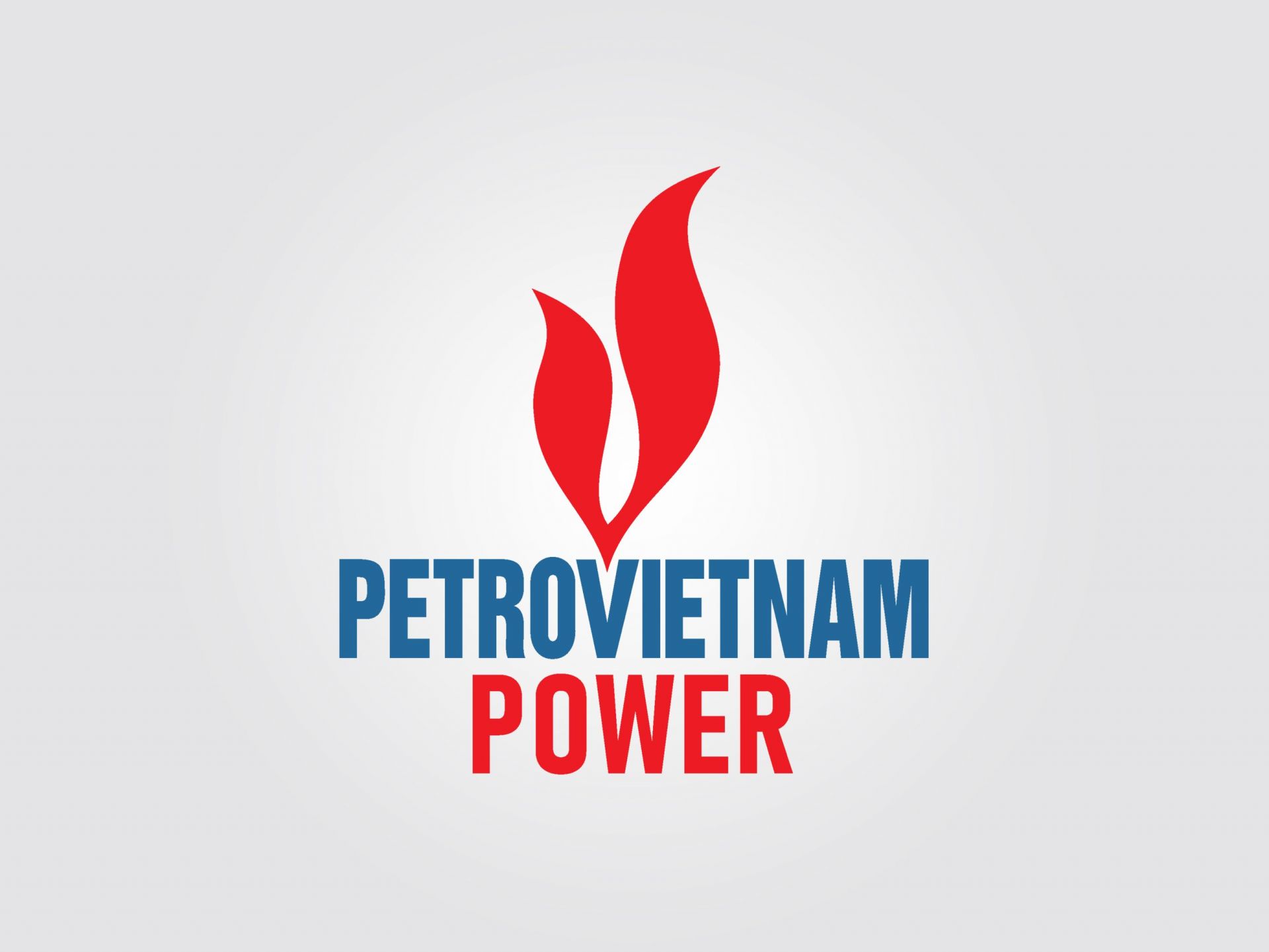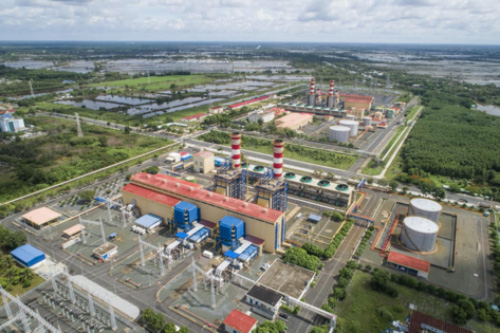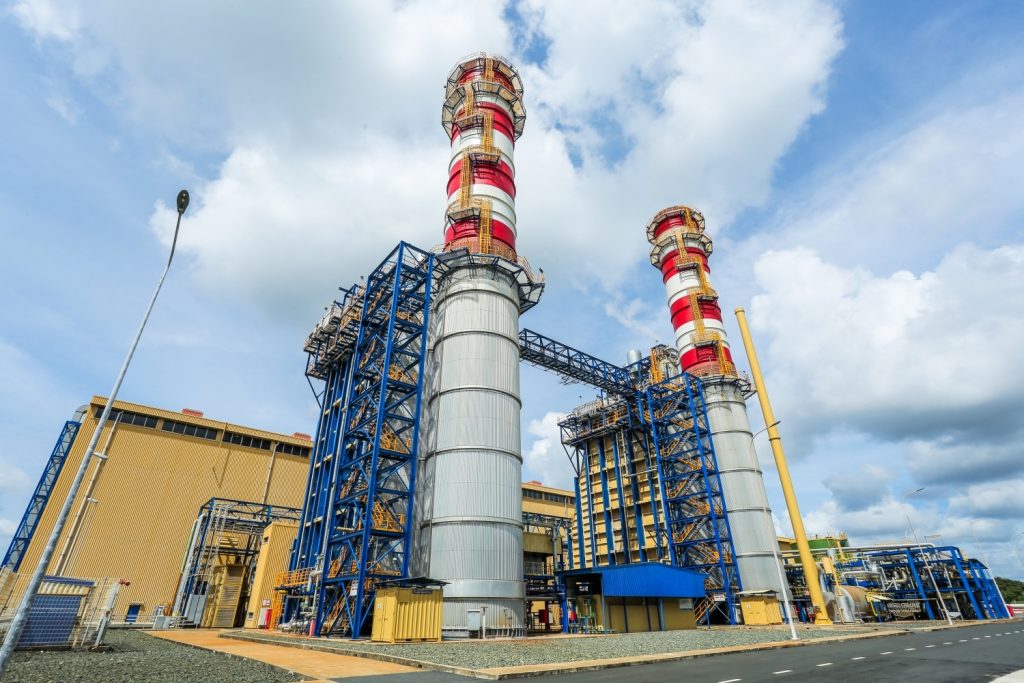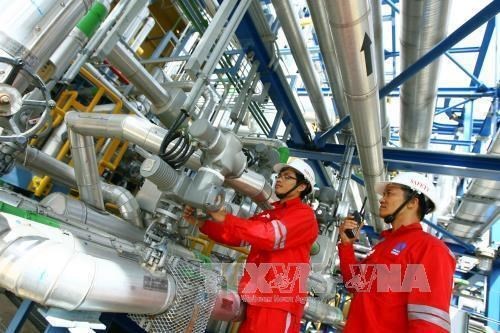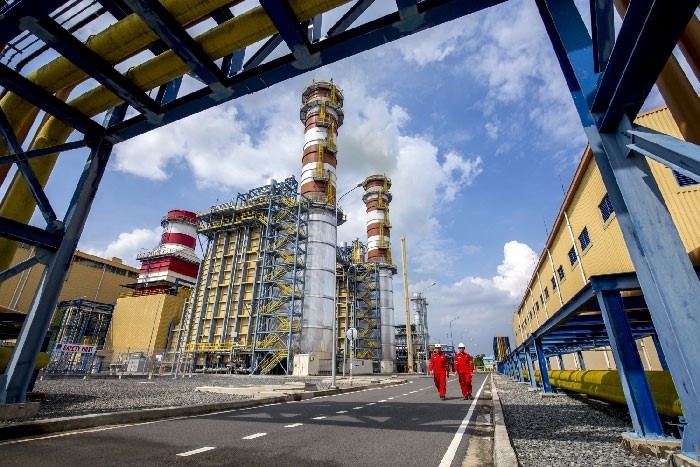According to details outlined in a report given to shareholders and investors, PV Power's power plants generated 6,969 million kWh in May to earn a total of VND 13,771 billion, of which the Ca Mau 1 & 2 and Nhon Trach 1 plants outstripped the allotted output plan.
The country’s second largest electricity supplier stated that May marks the end of the dry season in both the North and South, but the start of the dry season in the Central region. All regions endured a prolonged spell of hot weather, with average rainfall being significantly lower than it was during the same period in previous years across the country. Reservoirs in the North and South are moving closer to the dead water level while those in the Central region have been at the average water level for many years.
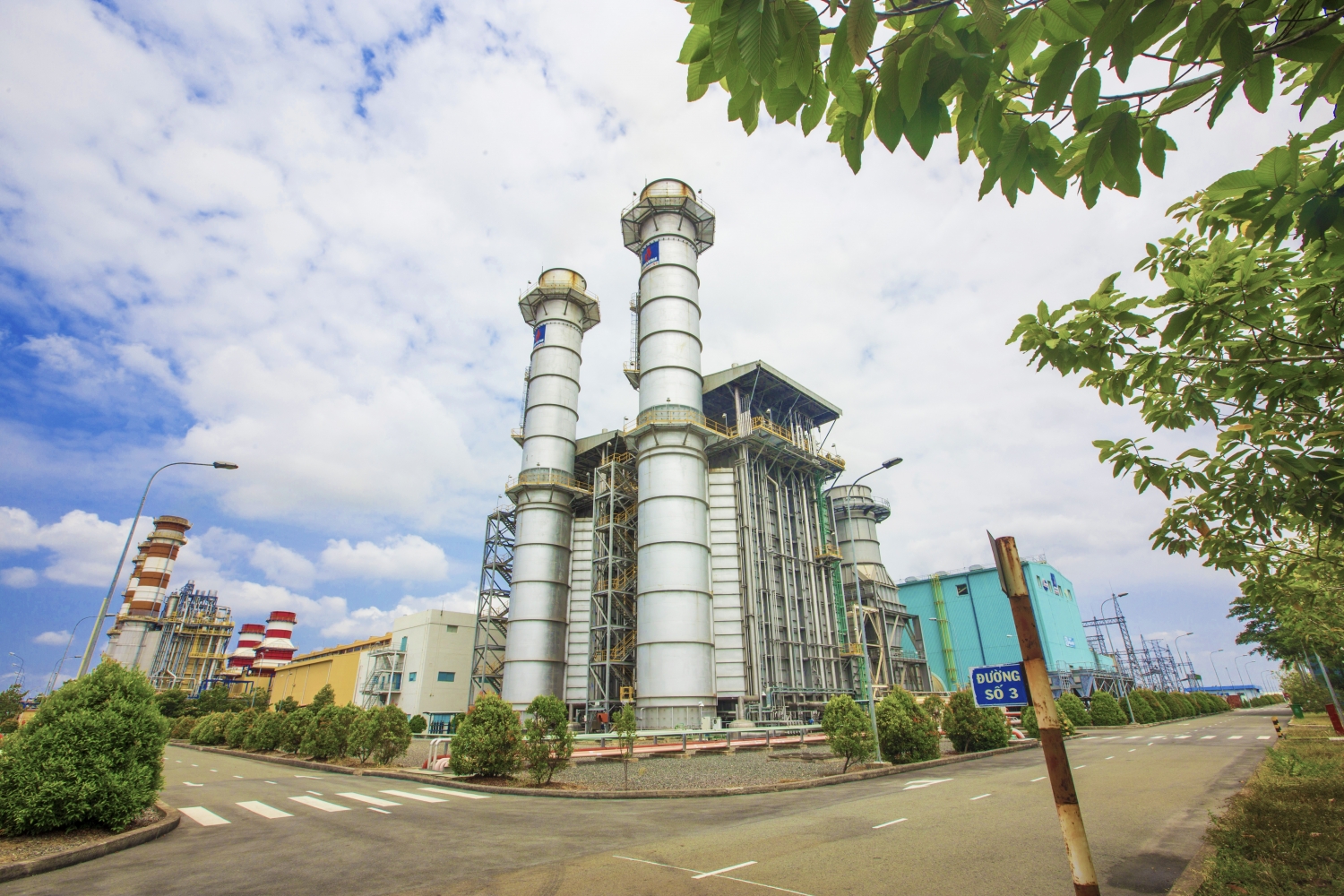
“Due to the unfavorable hydrological conditions and the rising load demand on the whole system during the hot season, Electricity of Vietnam (EVN) is forced to deploy diesel power at the gas power plants, which has a significant impact on the output and operational effectiveness of power plants. The average full market price (FMP) in May was estimated to be roughly VND 1,961 per kWh,” PV Power said.
According to information outlined in Document No. 1463/QG-PT dated May 8, Ca Mau 1&2 Power Plant was assigned a contracted output (Qc) of 395.5 million kWh in May, while the National Load Dispatch Center (A0) requested to mobilise 95 million kWh of diesel power. Nonetheless, it outperformed the set production plan.
In order to fully meet system requirements, Nhon Trach 1 Power Plant is requested to run on diesel. It is also supplied with gas when A0 asked Nhon Trach 2 and Phu My power plants to run on diesel. As a result, the plant was able to surpass its contracted output as well as the prescribed plan.
Vung Ang 1 Power Plant is responsible for producing 592.7 million kWh electricity (for 2 units). The factory offers pricing to run at full capacity while the average full market price in the month is higher than the average fuel price. However, as its Unit 1 has not handled the incident yet, Vung Ang 1 Power Plant was unable to meet its output commitment.
Nhon Trach 2 Power Plant is allocated with a high Qc of 393.0 million kWh. Due to an insufficient gas supply, the plant must operate an additional production of used diesel (40.3 million kWh) to ensure that it can satisfy the power system's mobilisation requirements.
Hua Na Hydropower Plant was in charge of generating 36.2 million kWh, but owing to severe hydrological circumstances, EVN reduced the plant's Qc to only 17.6 million kWh. Hua Na Power Plant therefore offers operating prices according to Qc and high price times to maximise efficiency as the reservoir's water level approaches the dead level.
Dakdrinh Hydropower Plant was supposed to produce 36.5 million kWh. The hydroelectric plant must alter its operating prices whenever the reservoir's water level reaches the multi-year average in order to maintain peak performance during the hot season. Despite the high market price, the plant offers to operate when prices are high. However, due to the retention of water in reservoirs, Dakrinh was unable to mobilise by A0 and failed to fulfill the Qc target and output plan.
PV Power strives to achieve an output of 1,434 million kWh and total revenue of VND2,674 billion in June. Besides, PV Power will continue to regulate the production of power plants as it seeks to ensure both enough fuel supply and safe and reliable functioning of the facilities. It keeps working with PV GAS, TKV, and diesel providers as it makes sure there is enough fuel supply for the power plants to run and meet load and dispatch requirements. Additionally, it also works with EVN/EPTC to design a strategy for allocating Qc of power plants in the remaining months of the year, while also conducting research and developing new renewable energy power projects.
